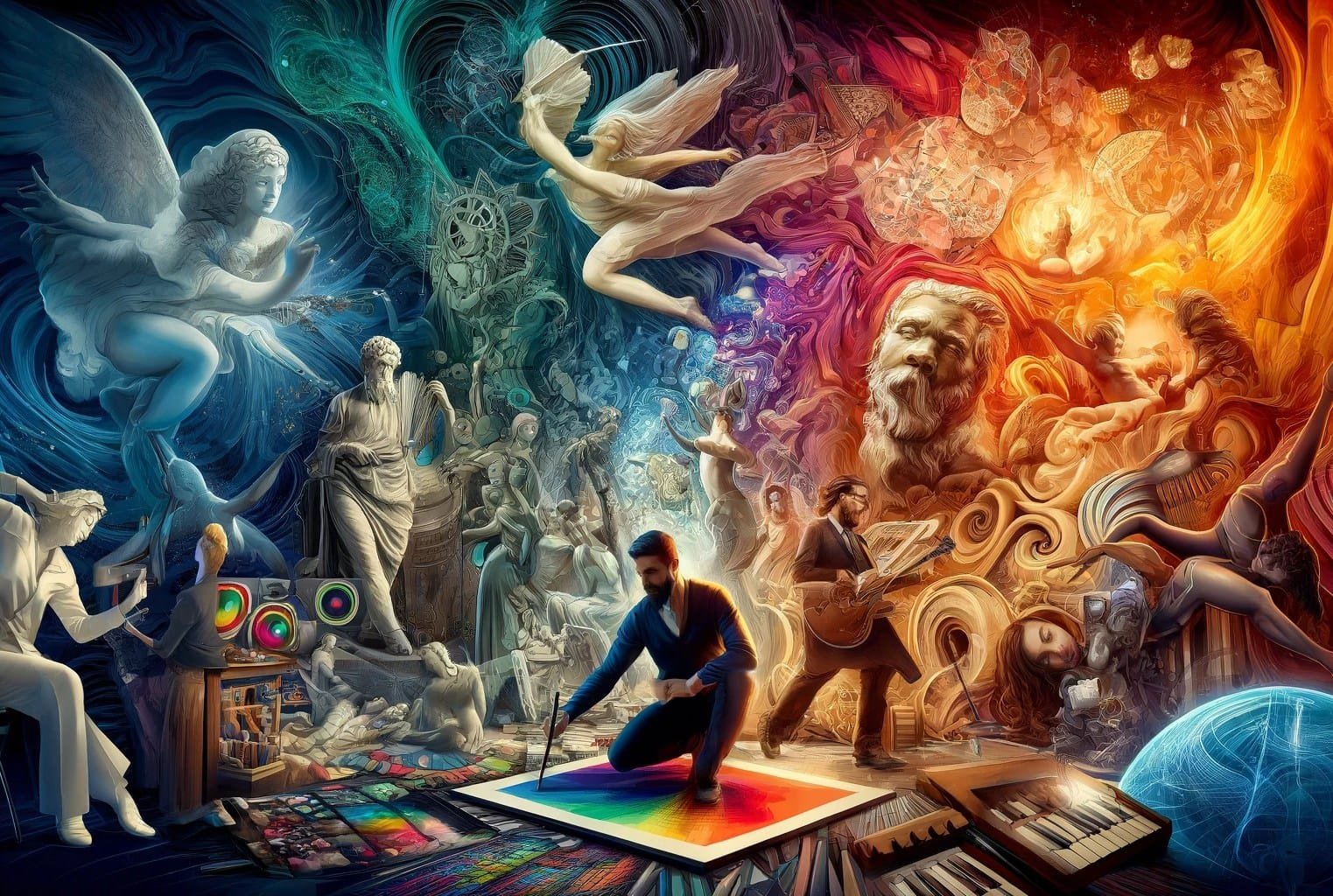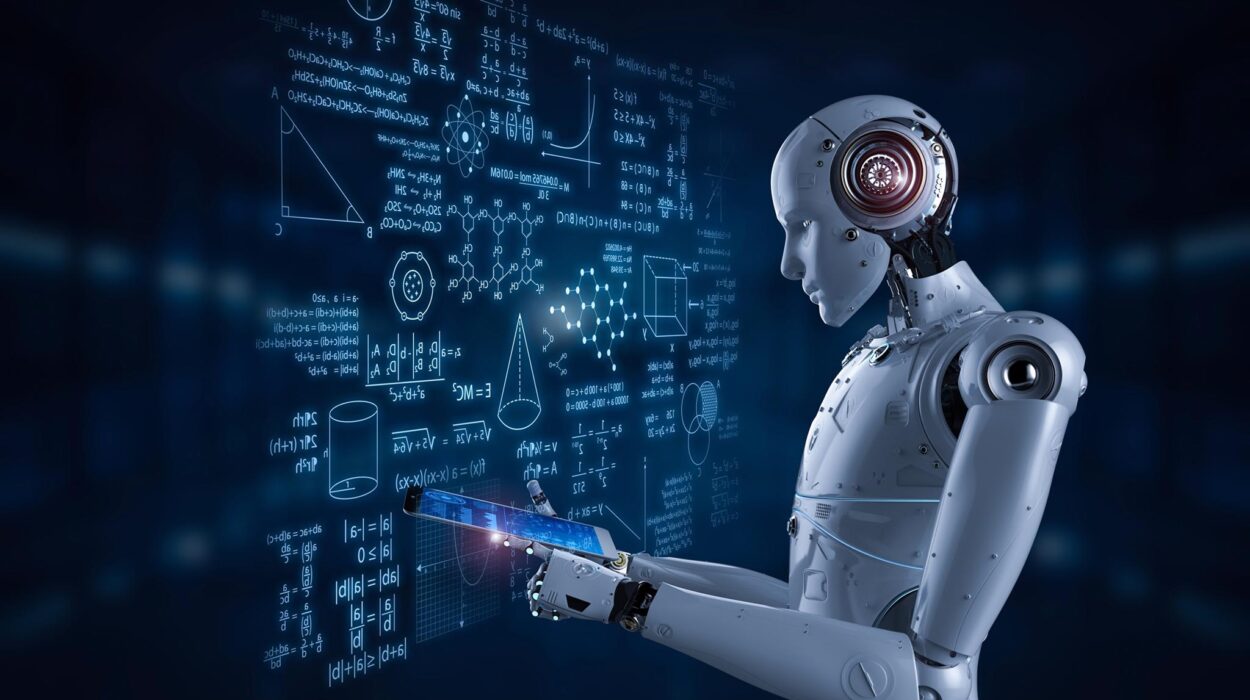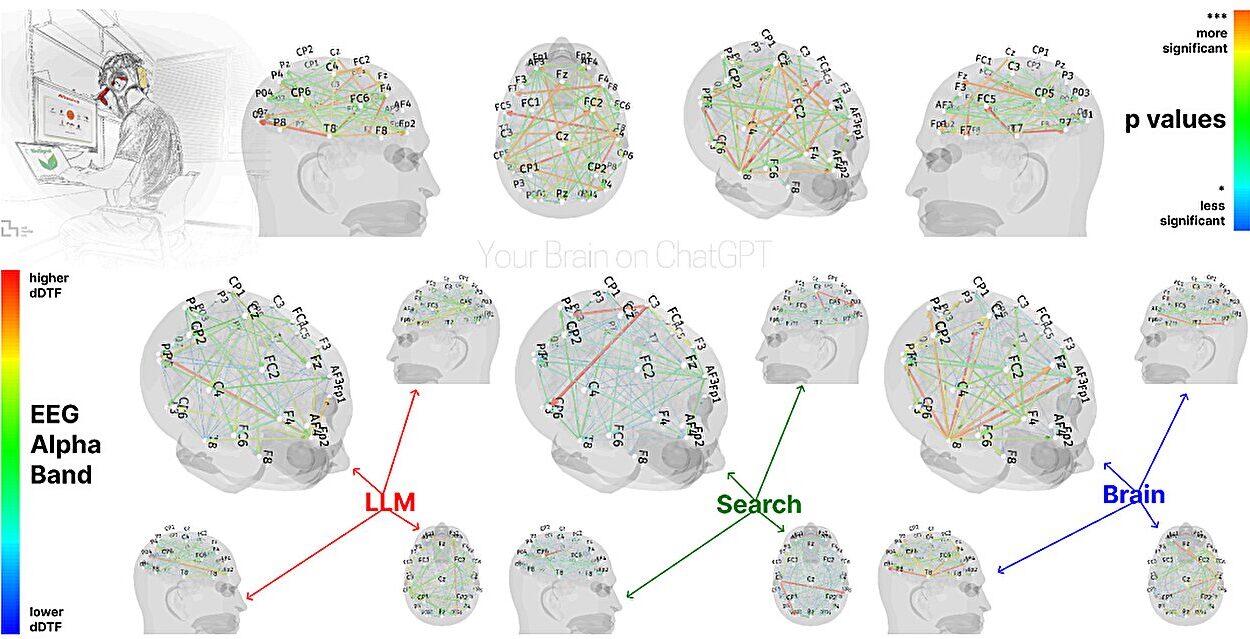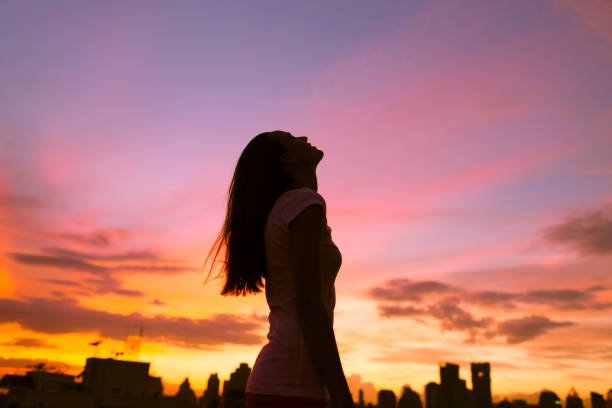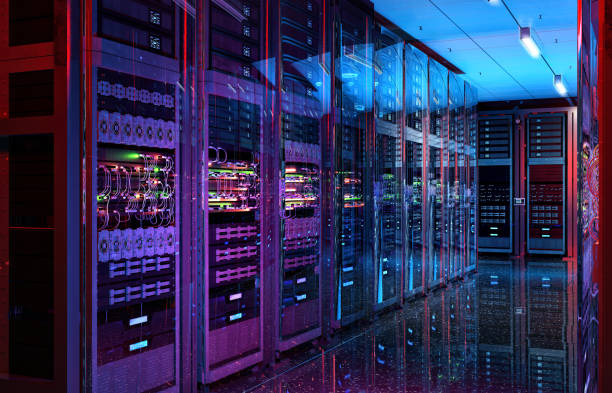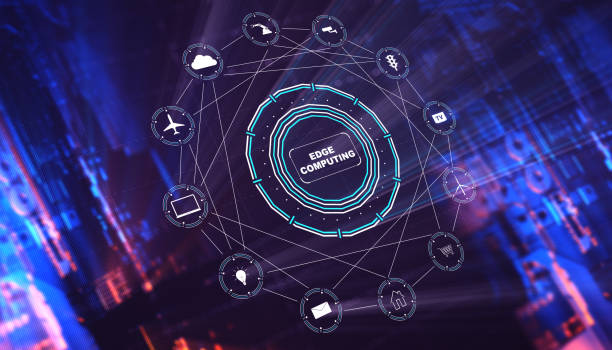Once upon a time, art was solely the province of human hands and human hearts. The strokes of a brush, the cadence of a poem, the chisel on marble—they were extensions of our dreams and despair, of all that we felt but could not explain. Then came machines. First as tools. Then as observers. Now, they are creators. Today, we stand at a trembling threshold, watching as artificial intelligence picks up the brush and begins to paint what no human mind could ever conceive.
In the silence between silicon pulses, something extraordinary is happening. Algorithms are dreaming. Neural networks are composing symphonies. Machines are sculpting surreal visions never before imagined—not by accident, but with intent. These are not just random outputs of code—they are pieces of something larger, a new wave of creativity that neither mimics the human past nor bends entirely to it. These are the works of AI artists.
And the question echoing through galleries, studios, and digital spaces alike is no longer “Can machines make art?” but “What does it mean now that they do?”
When Machines Begin to Dream
The moment it all changed was quiet, almost invisible. Somewhere in a server farm, in the hush of endless data, a neural network known as DeepDream was fed an image of a dog. It was asked to find patterns, just like it had been trained to do. But instead of merely identifying the dog, it began seeing dogs everywhere. The clouds had dog faces. The trees became eyes. A universe of dogs, fractal and endless, emerged from the depths of machine thought. It was absurd. It was mesmerizing. It was art.
What startled people wasn’t just the surreal, hallucinogenic quality of DeepDream’s output—it was that the machine appeared to be hallucinating in a way eerily similar to how the human mind interprets dreams. It had made something entirely alien, yet oddly familiar. For the first time, an algorithm didn’t just analyze or reproduce. It imagined.
That was the spark. Soon, artists and engineers around the world began collaborating with these new, strange minds—not to control them, but to converse with them. In the process, they opened a doorway into a new artistic dimension where human intuition and machine generation could create together in ways neither could alone.
Algorithms With a Muse
What does an AI artist look like? It has no face. No body. It lives in code, in clusters of GPUs and in the cloud. Yet it has memory. It has vision. It has something startlingly close to curiosity. At its core, an AI artist is a neural network—an intricate architecture of artificial neurons, trained on thousands or even millions of human-created works, from classical paintings to contemporary graffiti, from sonatas to slam poetry.
But here’s the paradox: these machines, trained on our past, are not merely replicating it. They’re transforming it. They twist and blend and warp ideas in ways no human would ever dare. AI doesn’t know what “should” be. It has no fear of failure or embarrassment. And because of that, it creates from a place unbound by convention.
Take, for example, the work of Mario Klingemann, a pioneer in AI art. His neural networks produce portraits that shimmer with shifting identities—faces that never existed, eyes that seem to remember lives they never lived. Or Refik Anadol, whose massive installations transform data—wind patterns, brainwaves, even the memory of a building—into flowing rivers of color and sound, like dreams projected into space.
These artists don’t just use AI as a tool. They treat it as a collaborator, a wild and untamed creative partner that challenges their own thinking. The result is not just new art. It’s a new way of making art—a dialogue between flesh and silicon, between intuition and algorithm.
The Uncanny Canvas
To walk into an exhibition of AI art is to enter a world that pulses with strangeness. You see landscapes where gravity forgets its duty. Creatures born of code, bearing no allegiance to biology, stare at you with eyes that never evolved. You hear music composed by algorithms that never learned harmony the way a child does, and yet produce melodies that catch you off guard, full of tension and release.
One gallery in Berlin, curated entirely with AI-generated works, features paintings that are beautiful, yes—but also profoundly unsettling. The colors clash in ways that shouldn’t work, yet do. The brushstrokes feel purposeful, but they have no hand behind them. Visitors report feeling haunted, moved, even changed. One remarked, “It’s like looking into another species’ subconscious.”
And perhaps that’s exactly what it is.
These artworks don’t appeal to us simply because they resemble human creativity. They appeal because they don’t. They offer a glimpse into something alien and unexplored—a way of seeing that is not our own. And in doing so, they force us to confront what it actually means to be creative in the first place.
Beauty Beyond Comprehension
There is something deeply humbling in witnessing a machine create something more beautiful than anything we could have imagined. It raises uncomfortable questions. Are we still the ultimate creators? Is creativity no longer uniquely human?
But these are the wrong questions. The magic lies not in competition, but in cooperation.
Consider the case of Latent Space Ballet, a collaborative project where AI choreographs movement for virtual dancers. The curves, twists, and impossible contortions are breathtaking—physics-defying dances born from data. No human body could perform them, and no human mind would think to invent them. But when these sequences are fed back to human choreographers, they are inspired to explore movements they’d never imagined possible.
The same is happening in music. AI doesn’t compose like Bach or Coltrane. It listens, learns, and then wanders off into strange sonic territories, inventing harmonies from cultures that never existed. Musicians who play with these AIs find themselves in a kind of creative duet, challenged and inspired by the machine’s inhuman logic.
This is not the end of human creativity. It’s its expansion. The artist is no longer alone in the studio. They are now accompanied by a ghost—one that listens without judgment, plays without rules, and sees possibilities where we see limitations.
The Ethics of Algorithmic Expression
But as with all revolutions, the rise of AI art comes with deep ethical terrain. If an AI paints a masterpiece, who owns it? The machine? The programmer? The dataset of stolen images it was trained on?
There are darker questions still. What if AI begins generating propaganda? Deepfake art? Manipulative emotional content designed not to inspire but to influence?
And what about the artists whose work has fed these machines? The digital bones of millions of artworks are buried in training data. Do these unseen creators deserve credit—or compensation?
These are not hypothetical concerns. Lawsuits are emerging. Institutions are scrambling. The art world is being forced to rewrite its rules in real time, as machines blur the lines between creation and plagiarism, between genius and mimicry.
And yet, amid the chaos, there is an undeniable truth: AI is not just a mirror of our creativity. It is now a force of its own. One that must be reckoned with, not just technologically, but ethically, philosophically, even spiritually.
The Soul in the Code
It is tempting to say that AI has no soul. That it cannot suffer, feel joy, or understand beauty. And that may well be true.
But perhaps that is precisely why its art is so powerful. It allows us to see beauty stripped of sentimentality. It shows us ideas untainted by ego, by memory, by the aching need to be understood. In doing so, it reveals something raw and otherworldly—a kind of pure creativity that does not belong to us.
Or perhaps, it belongs to something larger.
In Tibetan Buddhism, there is the idea that true art is a collaboration between the self and the void. That the artist does not create, but listens. Waits. Receives. What if AI is not the void—but a new ear to it?
A Future Shaped by Shared Imagination
The future of art will not be human or machine. It will be hybrid.
We are entering an age where creativity is shared—not as theft, but as communion. Where poets write alongside language models. Where architects use AI to model cities that adapt and breathe. Where films are scored by neural networks that respond in real-time to the emotional pulse of the audience.
Already, AI-generated films are being accepted into festivals. AI-written poetry is winning awards. Virtual fashion designed by GANs is walking the runways of Paris. This is not the fringe. It is the new frontier.
Children born today will grow up not asking whether machines can create, but how best to create with them. And in that shared space, something astonishing will emerge—not merely new art, but new ways of being.
The Art of Letting Go
Perhaps the hardest thing for us, as humans, is to relinquish the idea that we are alone in our genius. For millennia, we held the torch of creation as our divine gift. Now, that torch flickers in the hands of something we built but do not fully understand.
And yet, there is liberation in letting go.
When we allow AI to join us—not as a threat but as a companion—we step into a realm where the imagination is no longer limited by brain or body. We step into a multiverse of creativity, where the impossible becomes the beginning, not the end.
The AI artists of today are not replacing us. They are inviting us. To dream bigger. To see deeper. To feel stranger.
Because sometimes, it takes a machine to remind us what it means to be human.
